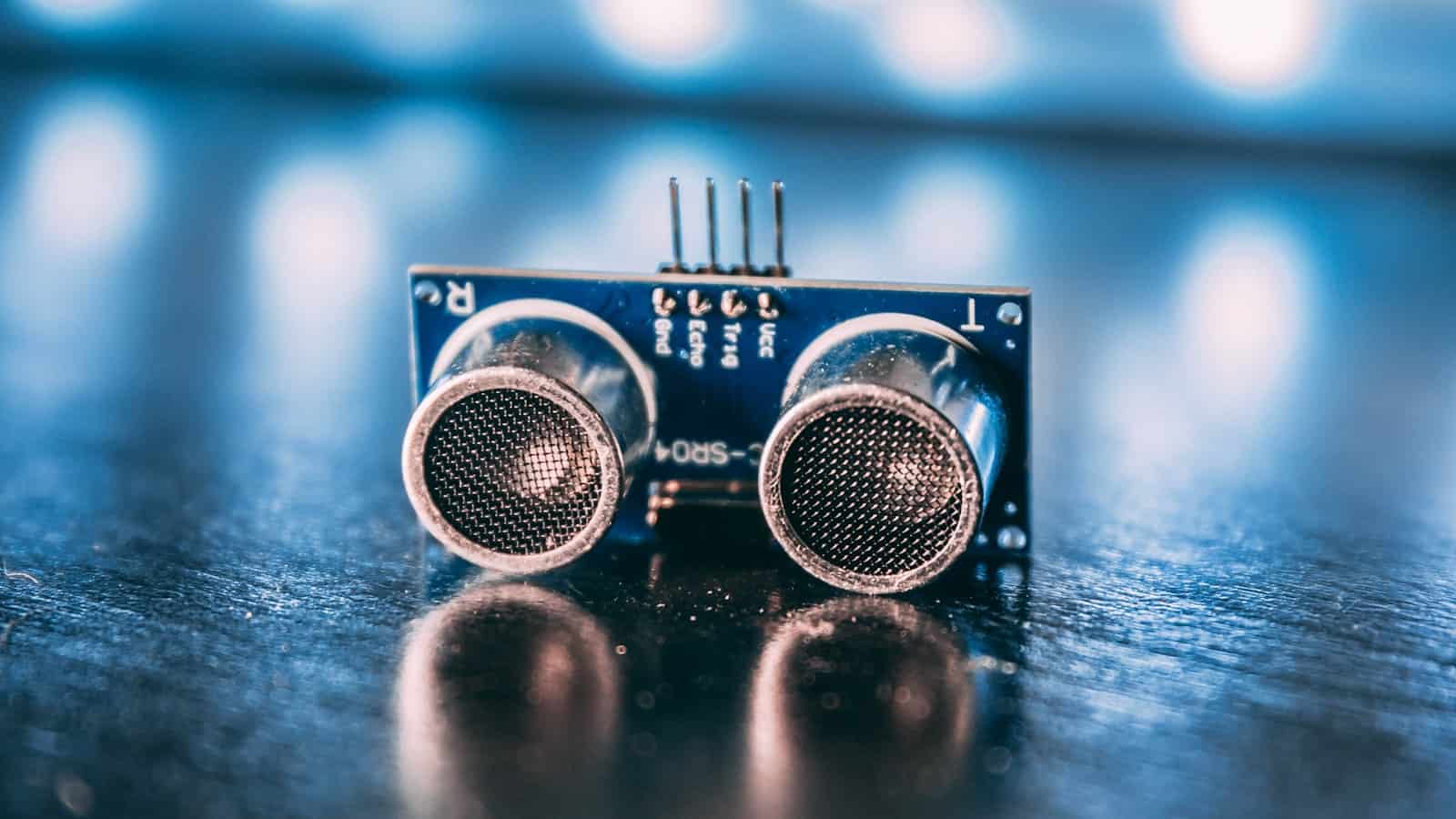
PCB Assembly Blog
-
What is a turnkey in PCB?
Posted by
–
 Read more: What is a turnkey in PCB?
Read more: What is a turnkey in PCB?Understanding turnkey pcb Assembly Turnkey PCB assembly is a comprehensive solution for designing, manufacturing, and assembling printed circuit boards (PCBs) from start to finish. This approach streamlines the entire process, making it easier for businesses and individuals to obtain high-quality, fully assembled PCBs without the need to manage multiple vendors […]
-
What is a Gerber file in PCB?
Posted by
–
 Read more: What is a Gerber file in PCB?
Read more: What is a Gerber file in PCB?Introduction to Gerber Files Gerber files are the standard file format used to describe the printed circuit board (PCB) layers and drilling information needed for manufacturing. Developed by Gerber Systems Corp. in the 1960s, Gerber files precisely define the copper traces, solder mask, legend, and drill holes of a PCB […]
-
What is PCB production?
Posted by
–
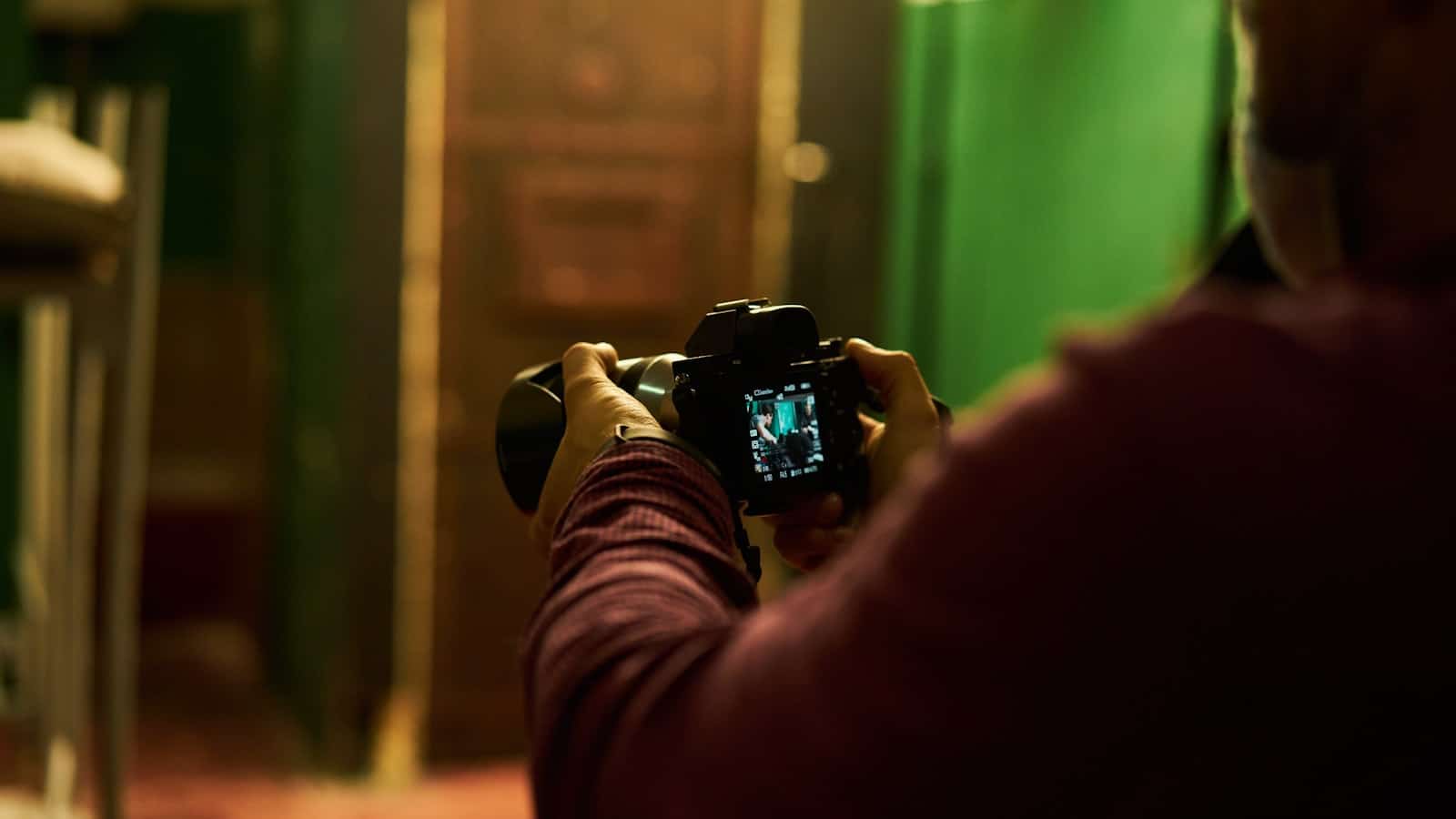 Read more: What is PCB production?
Read more: What is PCB production?The History of PCB Production The concept of printed circuits dates back to the early 20th century when inventors began experimenting with methods to simplify the wiring of electronic devices. In 1925, Charles Ducas filed a patent for a method of creating an electrical path directly on an insulated surface […]
-
What is electronic component manufacturing?
Posted by
–
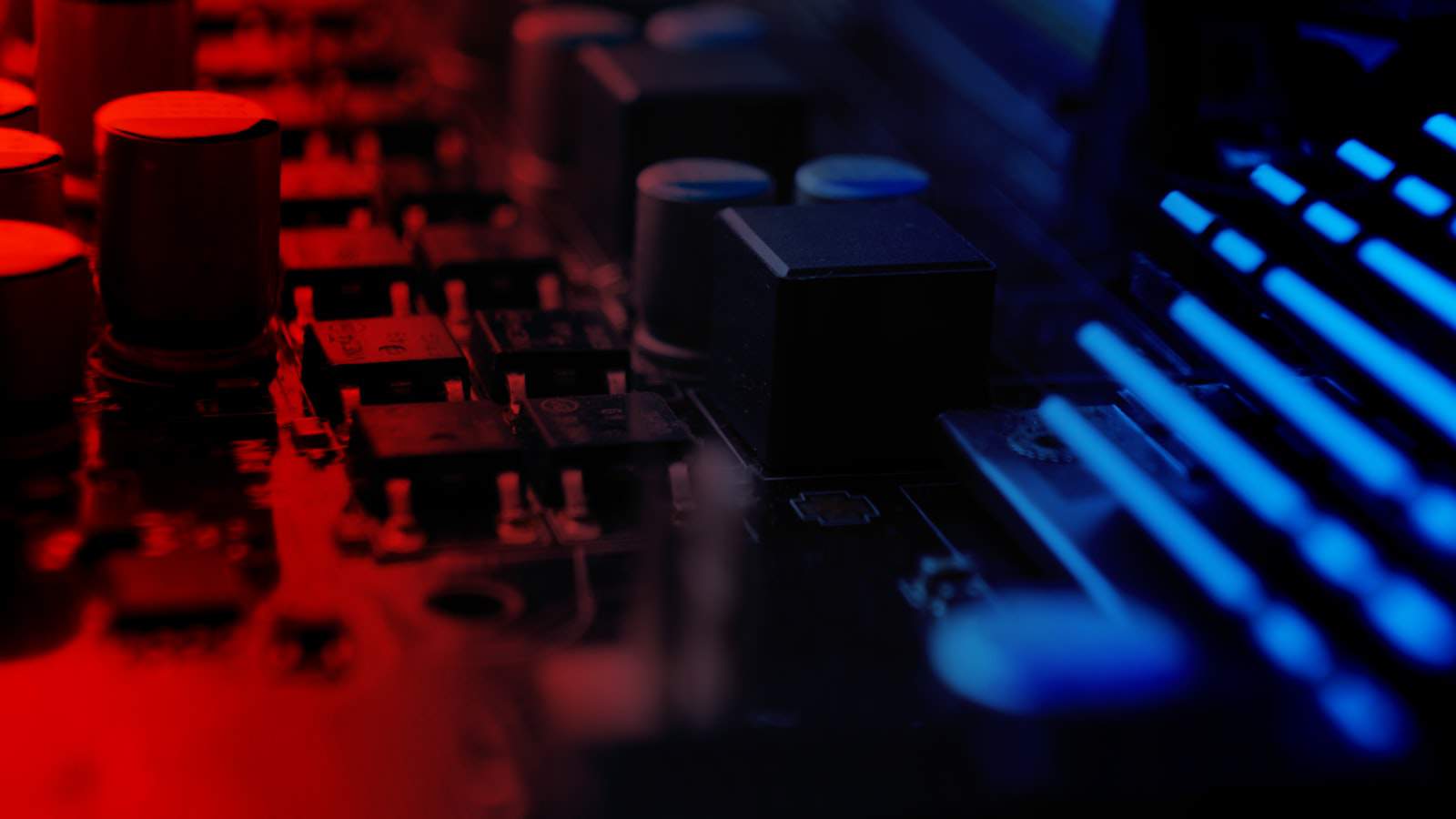 Read more: What is electronic component manufacturing?
Read more: What is electronic component manufacturing?Overview of Electronic Component Manufacturing Electronic component manufacturing involves a wide range of processes and technologies, including: Semiconductor fabrication Printed circuit board (PCB) manufacturing Passive component manufacturing Electromechanical component manufacturing Assembly and packaging Each of these areas requires specialized expertise, equipment, and materials to produce high-quality, reliable components that meet […]
-
What is fiducial in PCB?
Posted by
–
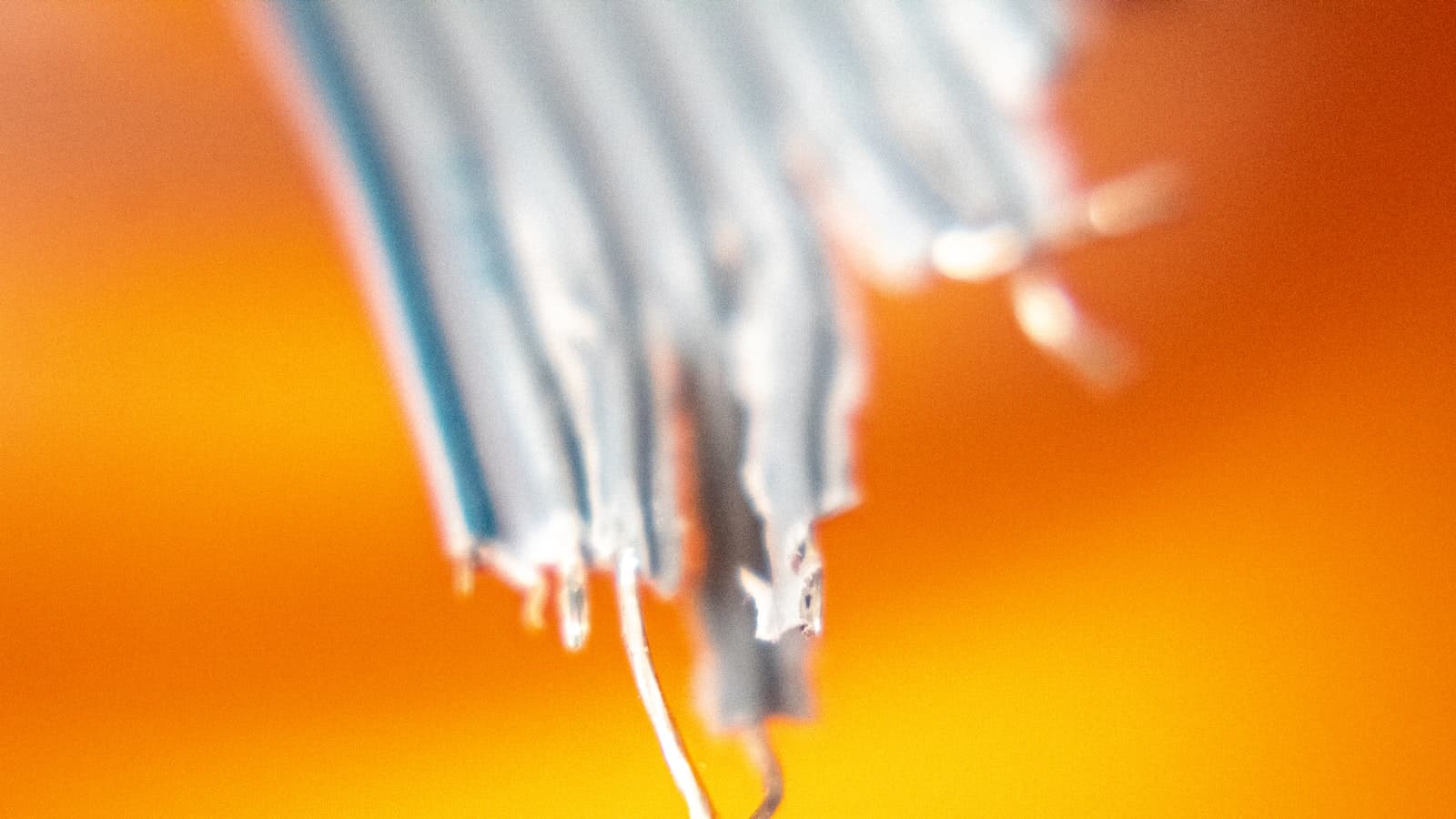 Read more: What is fiducial in PCB?
Read more: What is fiducial in PCB?Introduction to Fiducial Markers in PCB Assembly In the world of printed circuit board (PCB) manufacturing, precision and accuracy are paramount. To ensure that components are placed correctly on the PCB during the assembly process, engineers use fiducial markers. These small, yet crucial features serve as reference points for automated […]
-
What is FR4 PCB?
Posted by
–
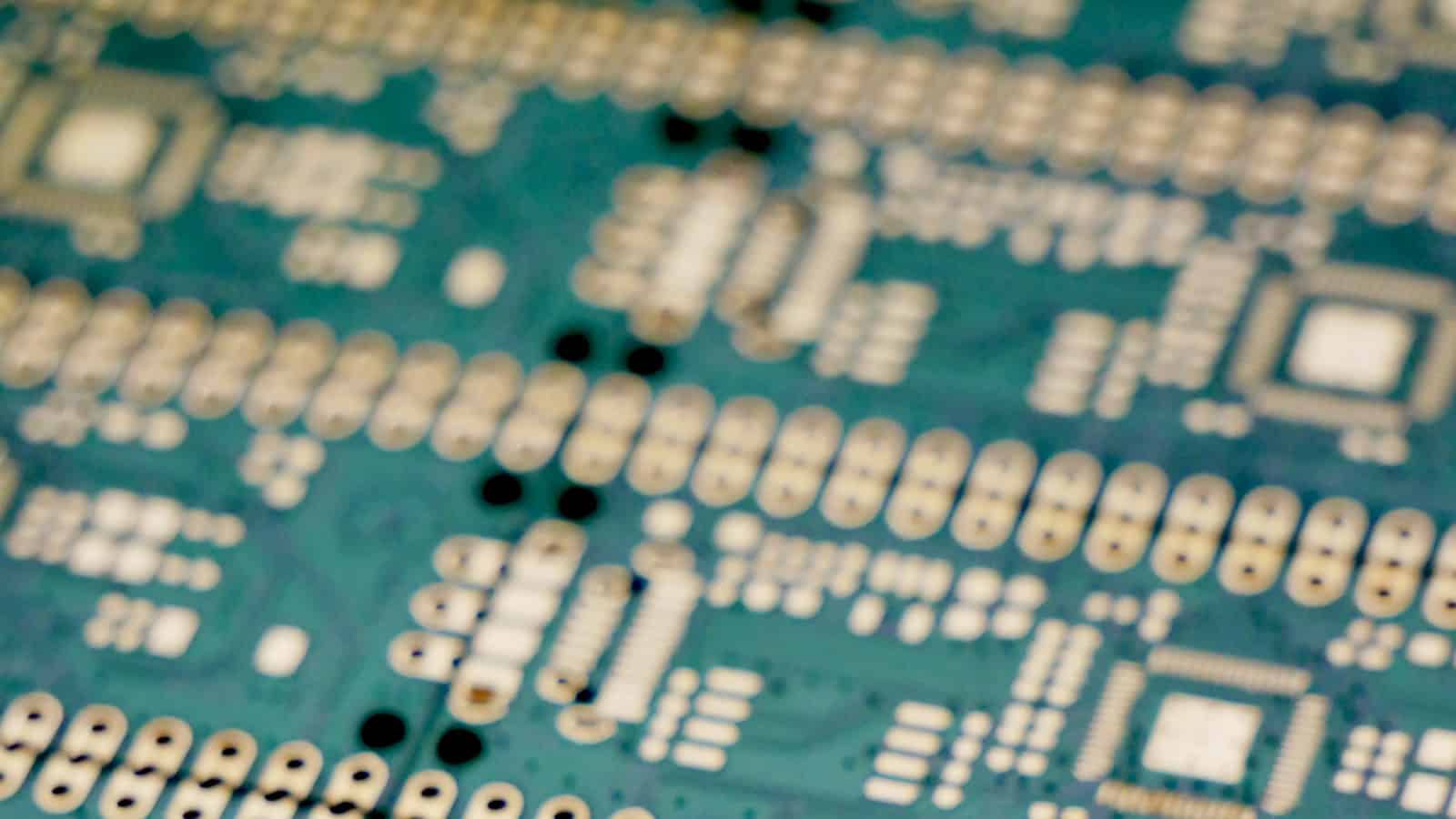 Read more: What is FR4 PCB?
Read more: What is FR4 PCB?What is FR4 Material? FR4 is a composite material made up of woven fiberglass cloth impregnated with an epoxy resin binder. The “FR” in FR4 stands for “Flame Retardant,” indicating that the material has been treated to resist burning. The “4” refers to the specific grade of the material, which […]
-
What is a PCB capacitor?
Posted by
–
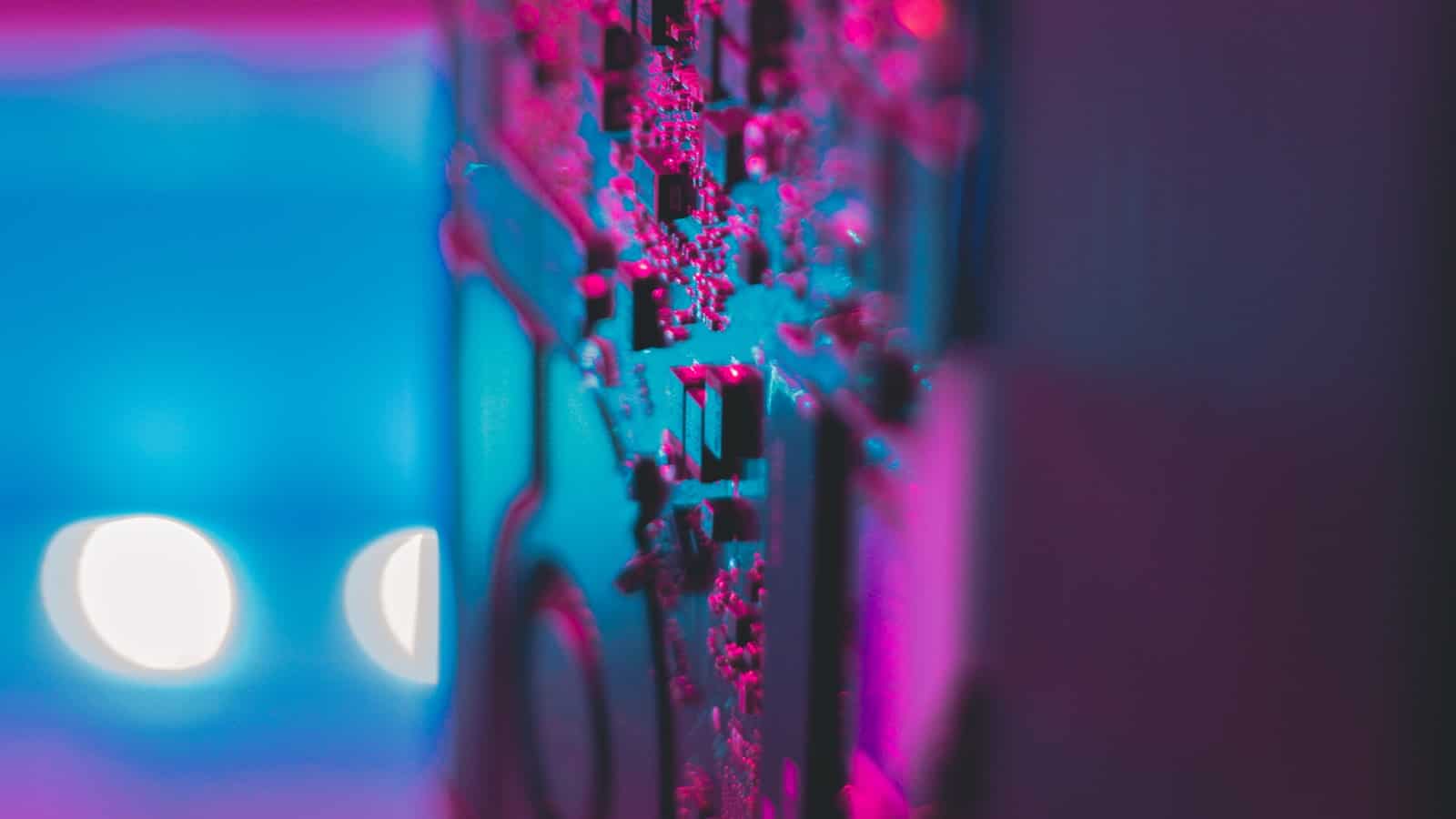 Read more: What is a PCB capacitor?
Read more: What is a PCB capacitor?Table of Contents What is a Capacitor? Types of PCB Capacitors Ceramic Capacitors Electrolytic Capacitors Tantalum Capacitors Film Capacitors Capacitor Specifications Capacitance Voltage Rating Tolerance Temperature Coefficient Equivalent Series Resistance (ESR) Applications of PCB Capacitors Power Supply Decoupling Filtering Timing Circuits Coupling and Decoupling How to Choose the Right PCB […]
-
What do you clean a PCB with?
Posted by
–
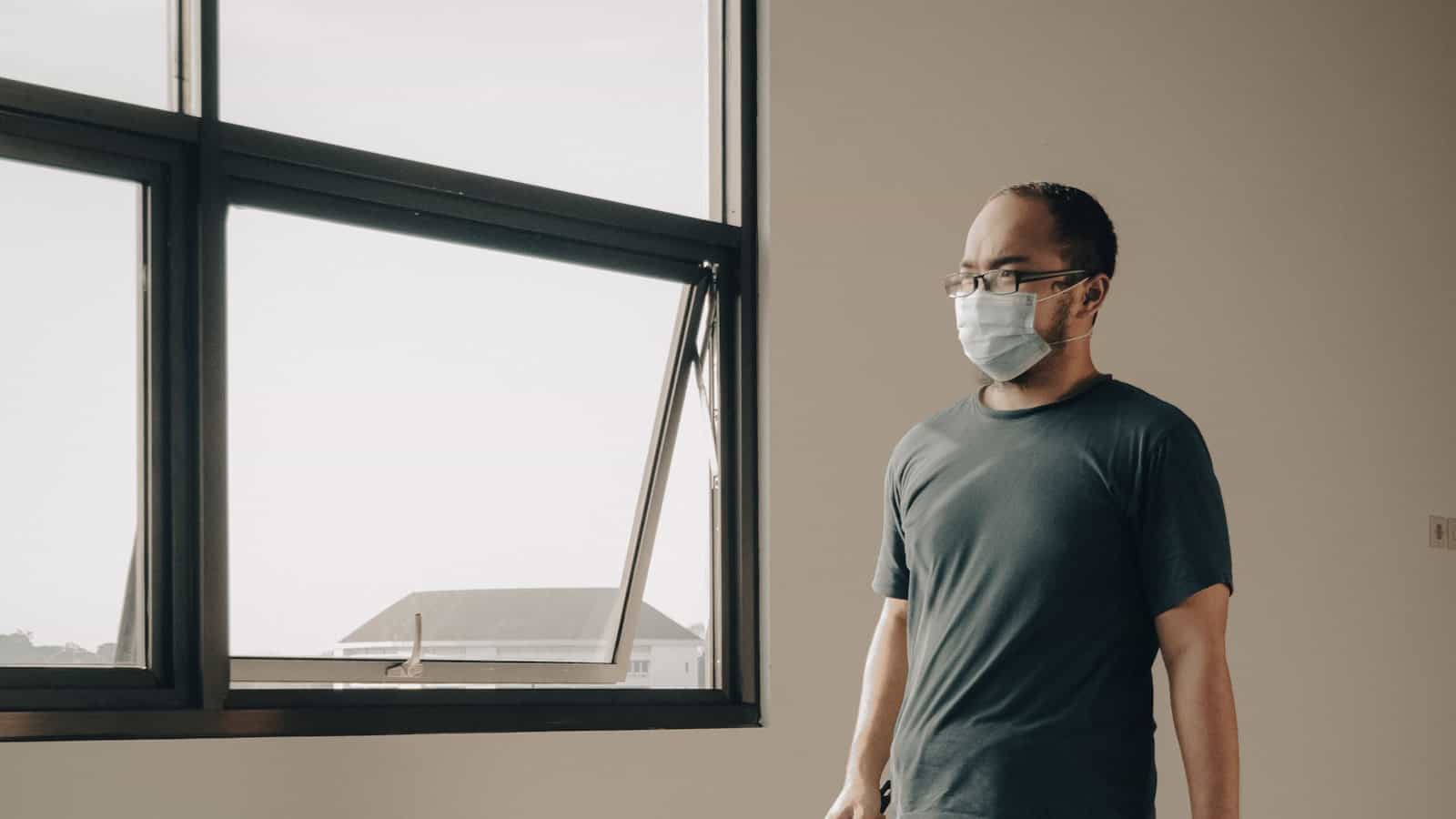 Read more: What do you clean a PCB with?
Read more: What do you clean a PCB with?Introduction to PCB Cleaning Printed Circuit Boards (PCBs) are essential components in modern electronics. They are used in a wide range of applications, from simple devices like calculators to complex systems such as computers and smartphones. PCBs are made up of conductive tracks, pads, and other features etched from copper […]
-
What is a PCB library?
Posted by
–
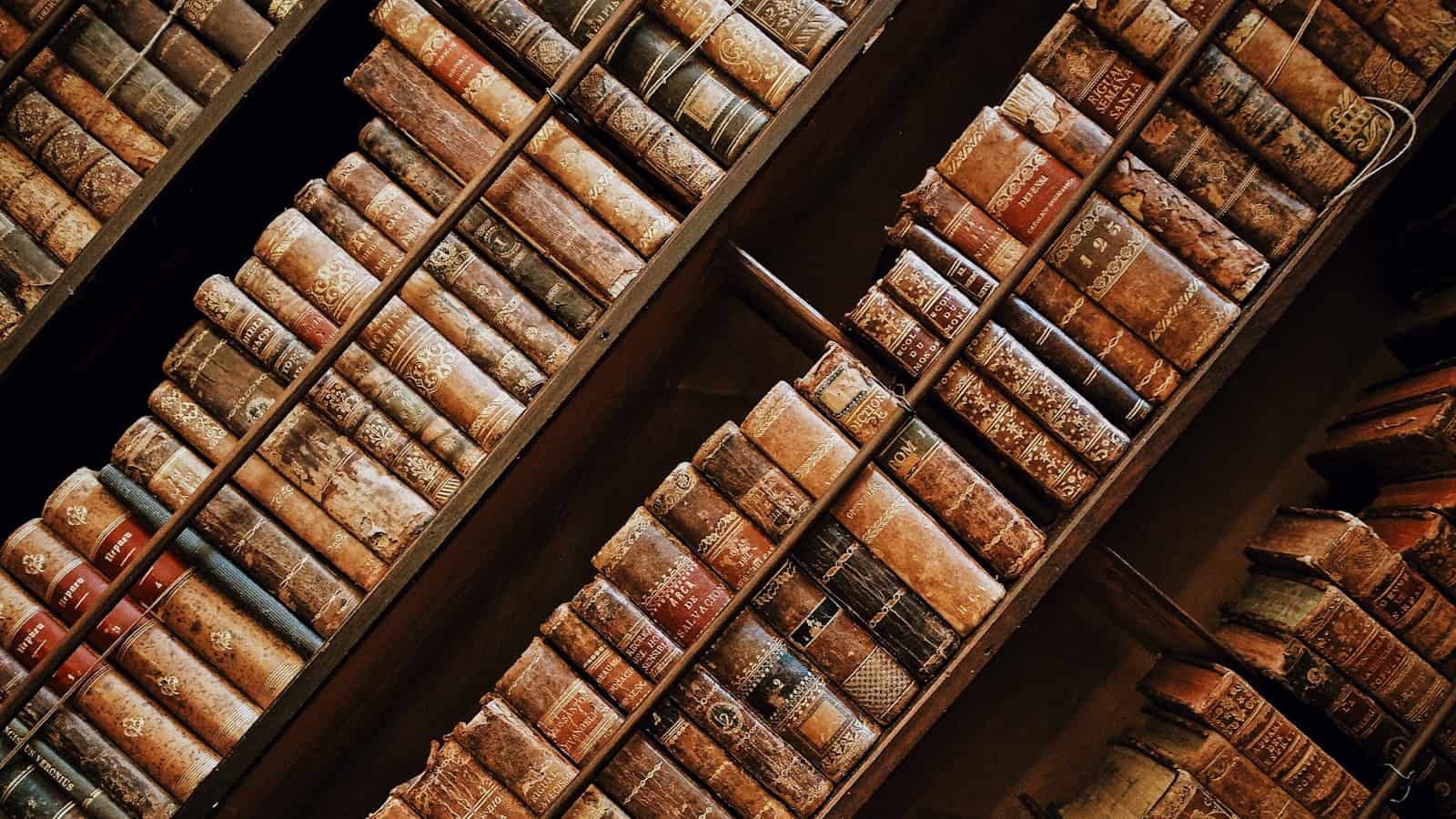 Read more: What is a PCB library?
Read more: What is a PCB library?Introduction to PCB Libraries A PCB (Printed Circuit Board) library is a collection of pre-designed components, footprints, and symbols that are used in the design and creation of electronic circuits. These libraries serve as a valuable resource for PCB designers, allowing them to quickly access and utilize standardized components, saving […]
-
What is PCB milling?
Posted by
–
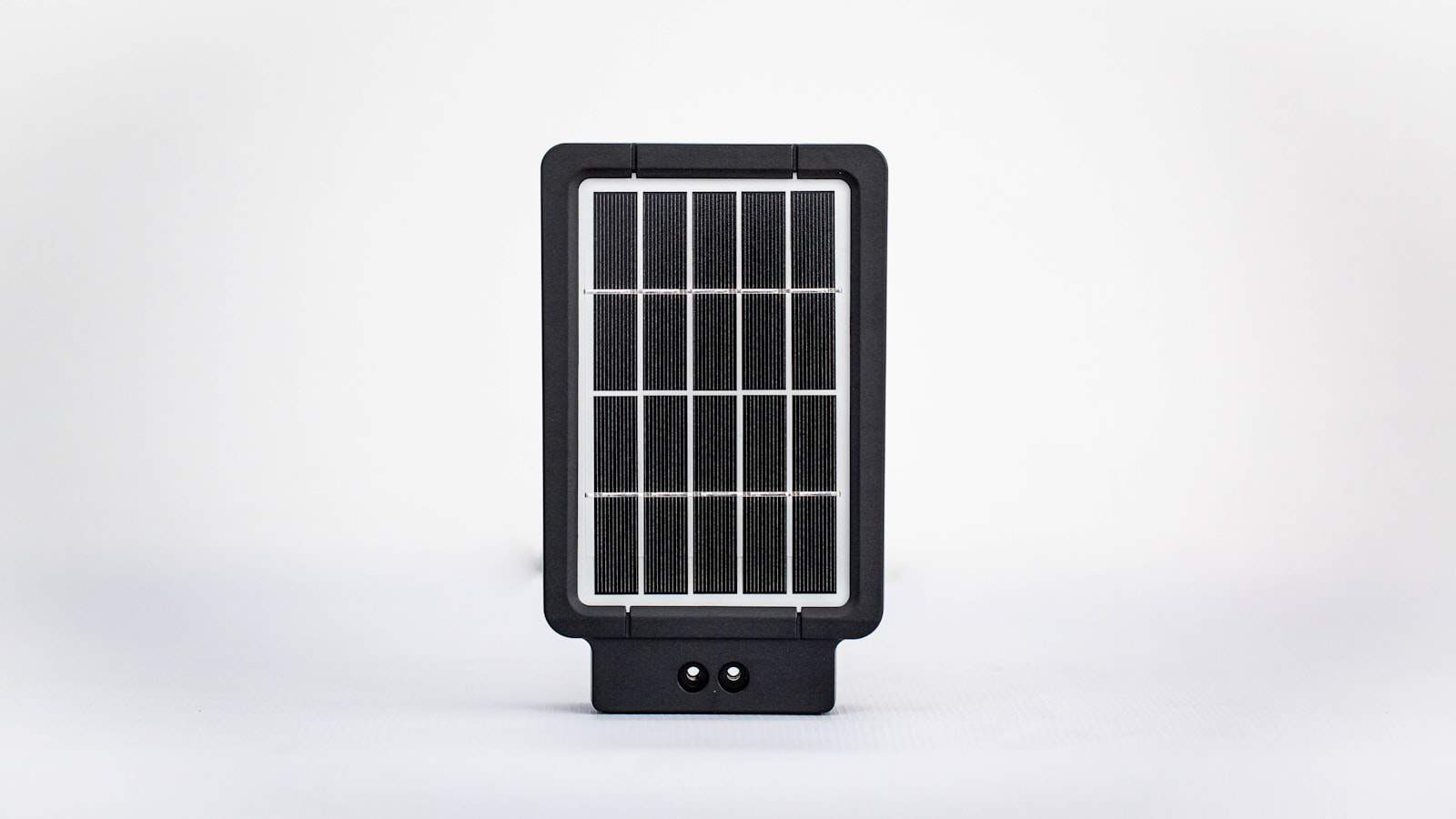 Read more: What is PCB milling?
Read more: What is PCB milling?Introduction to PCB Milling PCB milling, also known as PCB routing or PCB drilling, is a subtractive manufacturing process used to create printed circuit boards (PCBs). It involves using a milling machine or router to remove copper from a copper-clad substrate to create the desired electrical connections and circuit patterns […]




